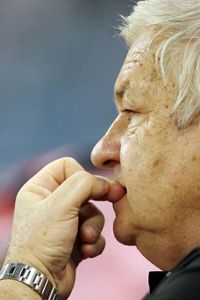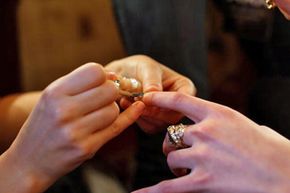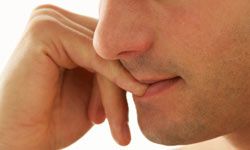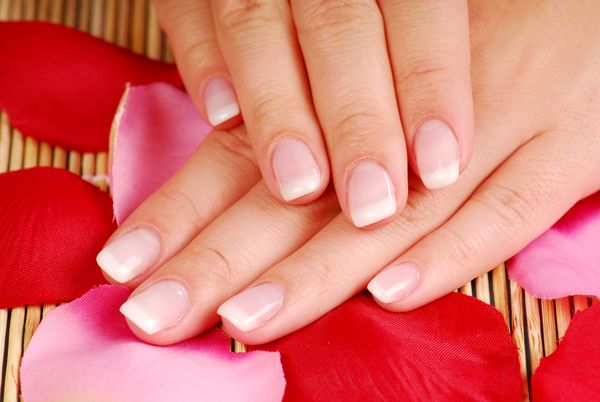You use your hands so much throughout each day of your life that it's easy to take your fingers and fingernails for granted. Without healthy fingernails, though, your sensitive fingers would be missing their only armor against daily use and abuse. And strong, pain-free fingernails require smart cuticle care.
Cuticles are an oft-forgotten part of the human anatomy. This strip of skin appears at the base of each fingernail and toenail, sealing the spot where your nails connect to your body. As personal hygiene habits have changed throughout various cultures, many people developed the habit of cutting their cuticles. Most often, this practice is performed in an effort to improve personal beauty as part of a routine manicure. But many people bite or pick at their cuticles as an absentminded or nervous habit. Both behaviors can be problematic.
Advertisement
Cutting your cuticles in the name of beautification may have adverse consequences. Chewing away at your cuticles while filling the resulting cuts and tears with bacteria won't improve your nail health, either. Many doctors are convinced that cuticle cutting or general mistreatment increases the chance of inflammation and infection.
In addition, cutting your cuticles can cause the overall condition of your fingers and hands to deteriorate. Some people develop acute or chronic infections at the base of their nails that require medical treatment. Those who experience repeated infections may end up with distorted, warped and ridged fingernails.
In other words, overworking or outright abusing your cuticles may cause serious pain and suffering. Keep reading to get the scoop on why cuticles are so important, how their mistreatment may affect you and how you can become a conscientious cuticle caretaker.
Advertisement




